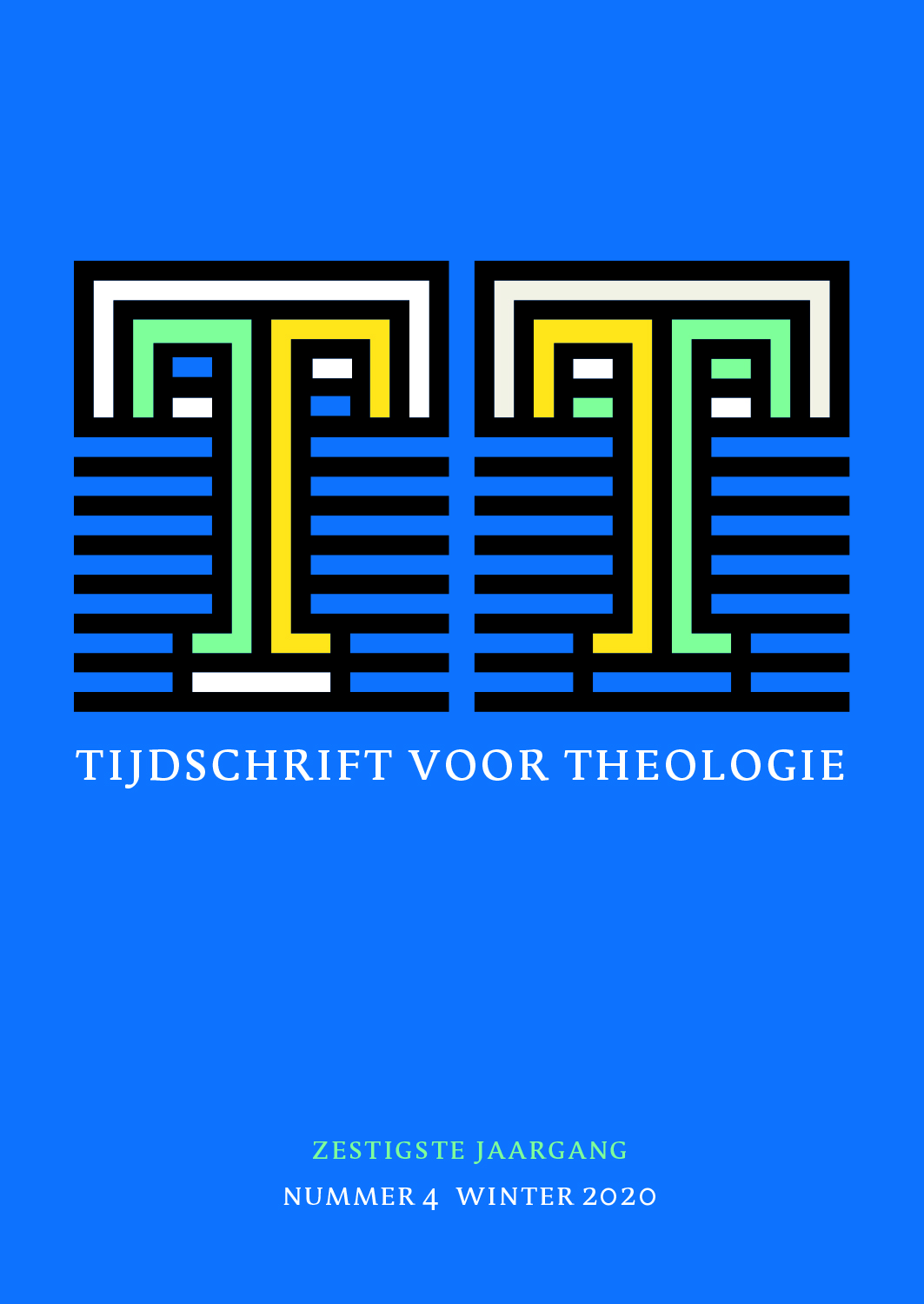 previous article in this issue previous article in this issue | next article in this issue  |

|
Document Details : Title: De stad een heilige plaats? Subtitle: Theologische en religiewetenschappelijke overwegingen bij urbanisatie Author(s): DE HAARDT, Maaike Journal: Tijdschrift voor Theologie Volume: 51 Issue: 4 Date: 2011 Pages: 352-370 DOI: 10.2143/TVT.51.4.3203395 Abstract : This exploratory study focuses on the meaning and import of what theology and religious studies have to say about the city. Half of the world’s population lives in cities. Cities are growing throughout the world. Complex as it may be, a city offers people more perspective and greater opportunity to survive. This article issues a call to overcome the long-standing cultural, philosophical and theological aversion to the city. It does so against the background of an interest in the prospect that everyday life offers as a locus for reflecting on concepts central to theology and religious studies (among which are God, the divine, the holy and/or the sacred) and for reflection on where or how we are to discover or detect the presence of the divine, the holy. The article draws upon a recent perspective, used in cultural sciences, in which place and space are important analytical terms. As critical approach, it focuses on the constructive and meaningful character of space and place. Actual space and place join time and history in determining social reality, identity and social processes. This spatial turn is an approach that is gaining territory in theology and religious studies where it is being used to reflect on religion in the city. This article presents these various points of view and approaches extensively, also in their gender-specific dimensions, and ultimately combines them to investigate the religious meaning of the city. The work of urban geographer Edward Soja and, via him that of French philosopher Henri Lefebvre shape this article’s heuristic framework. A trialogue between first, second and third space permits us to trace the city’s various dimensions, including the religious. It becomes clear that theologians and scholars of religious studies need to take the city seriously as contemporary locus and to overcome the cultural anti-urbanism that has penetrated so deeply into its view of the holy. It is demonstrated that this interdisciplinary approach to the city can lead to new and challenging questions regarding the aforementioned central concepts in theology and religious studies. It then becomes feasible to speak of the city as a place of divine presence or as a holy place, without denying its profane character. |
|
